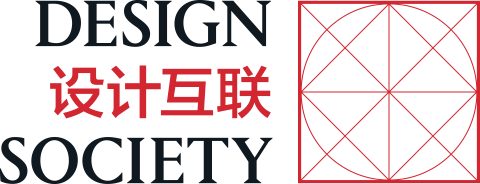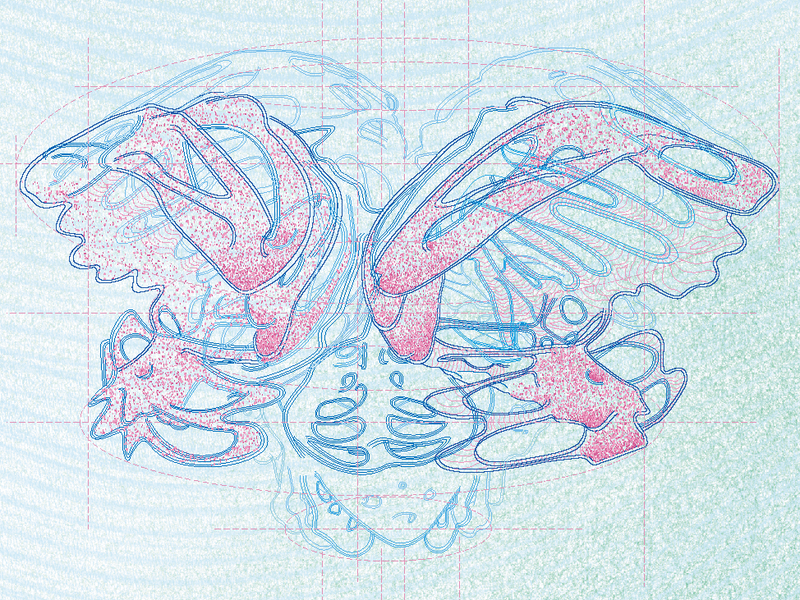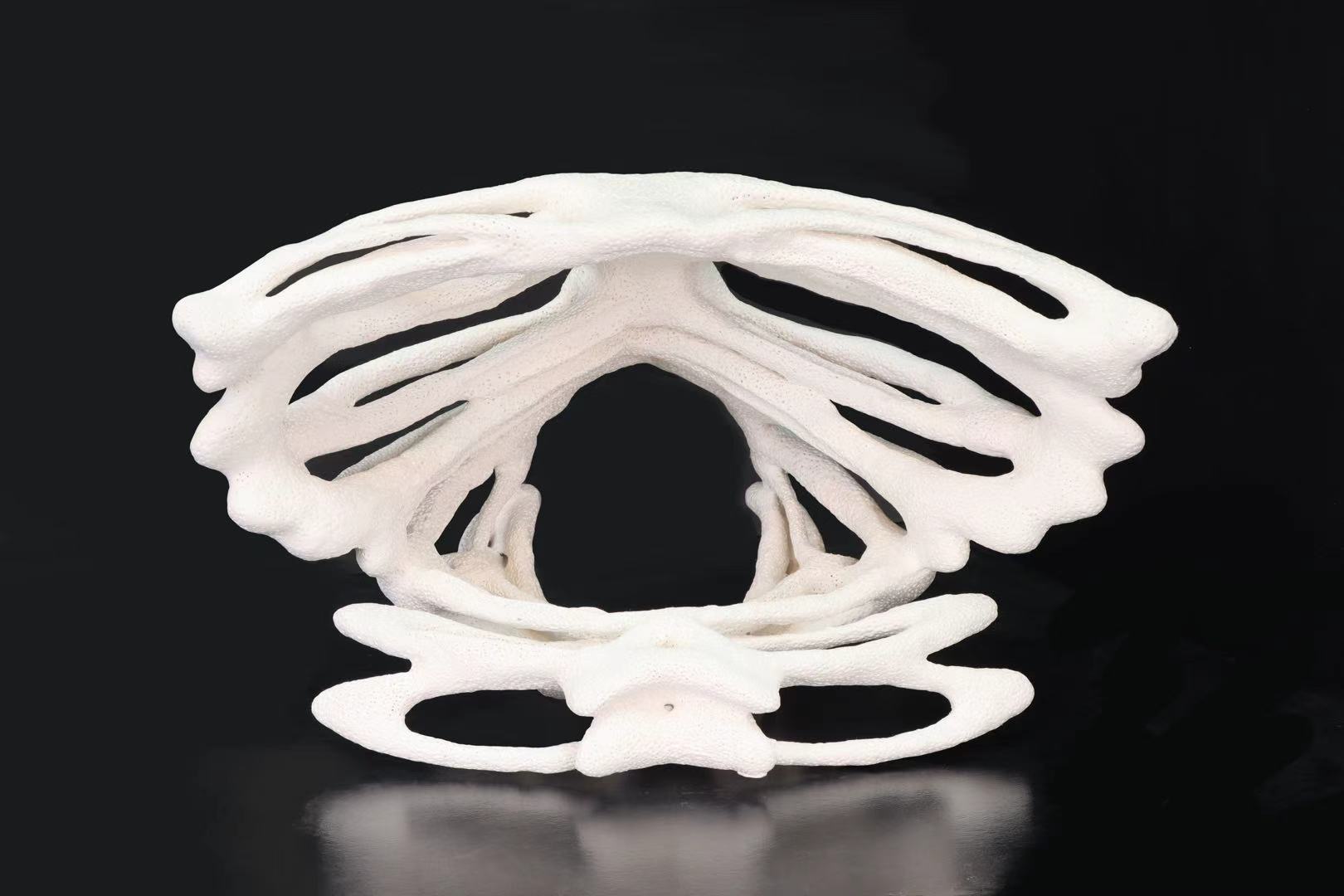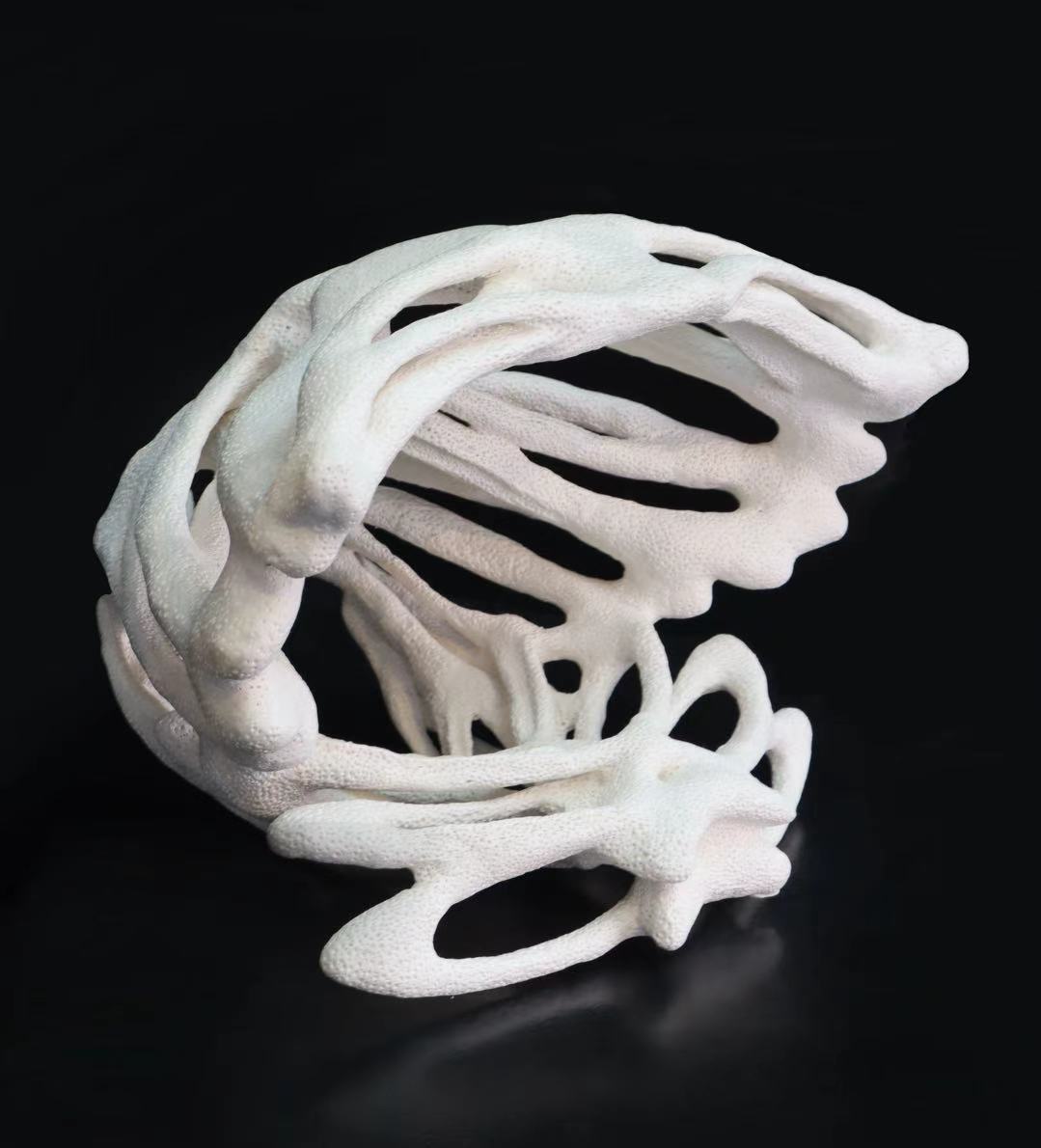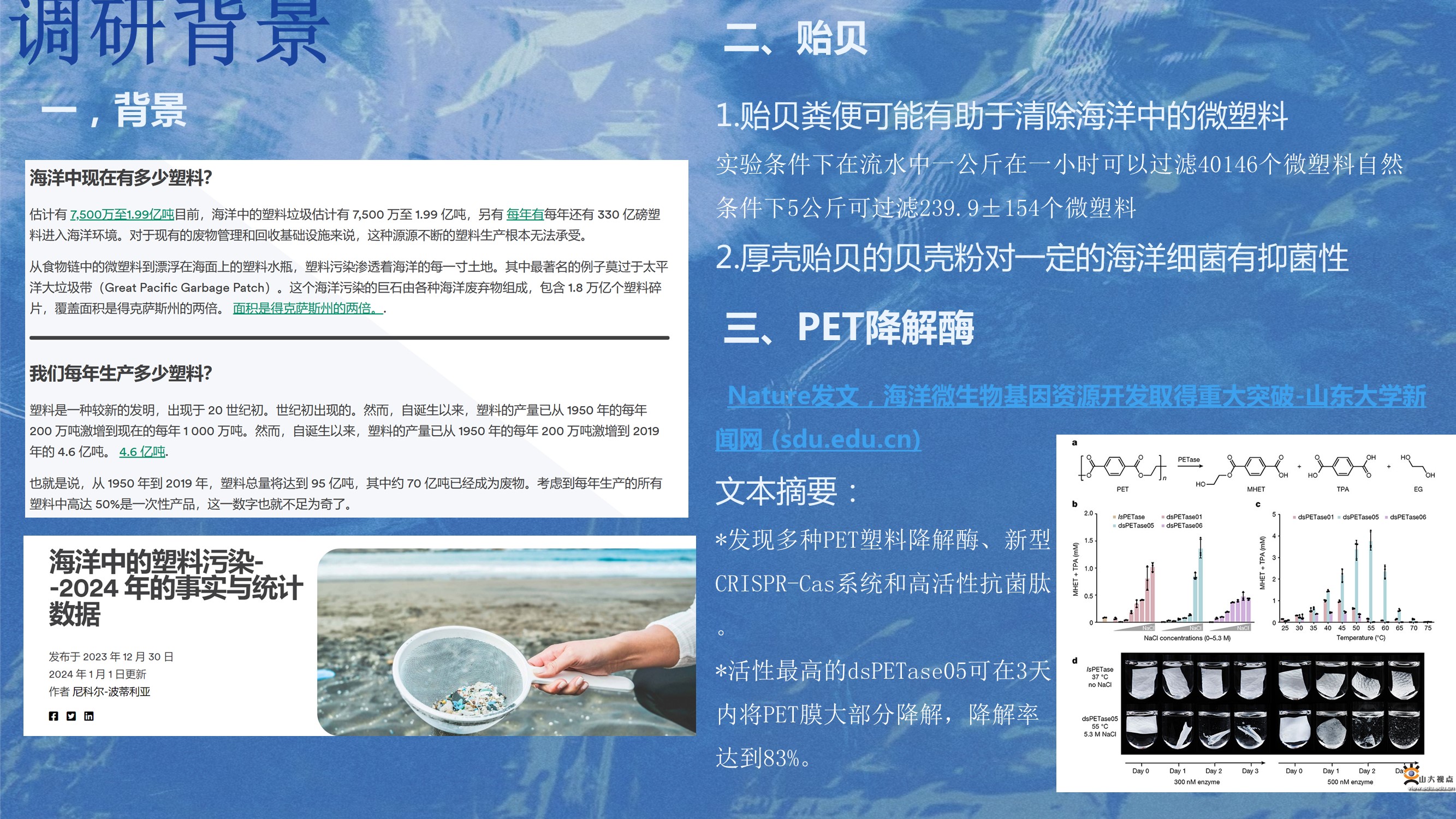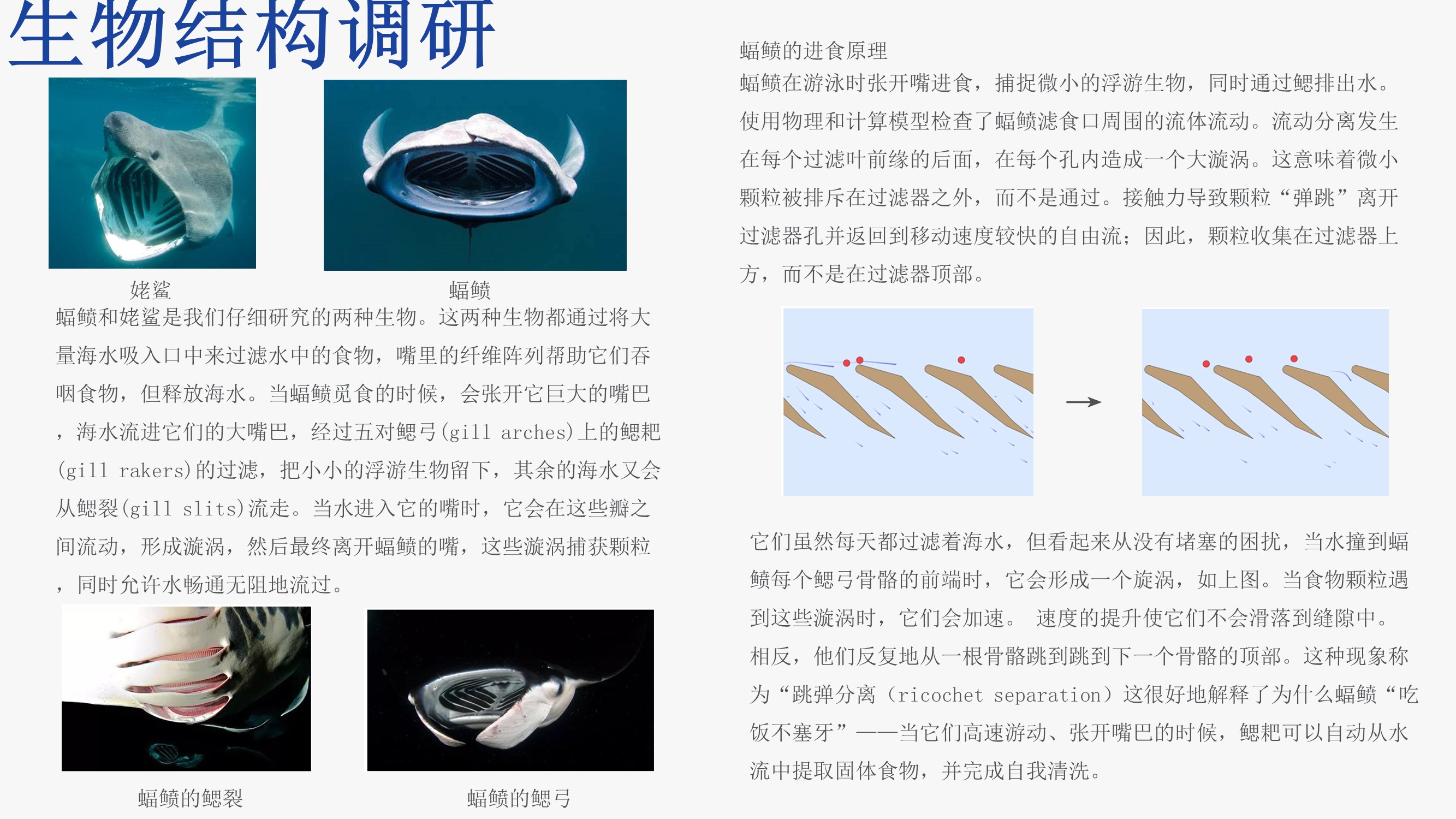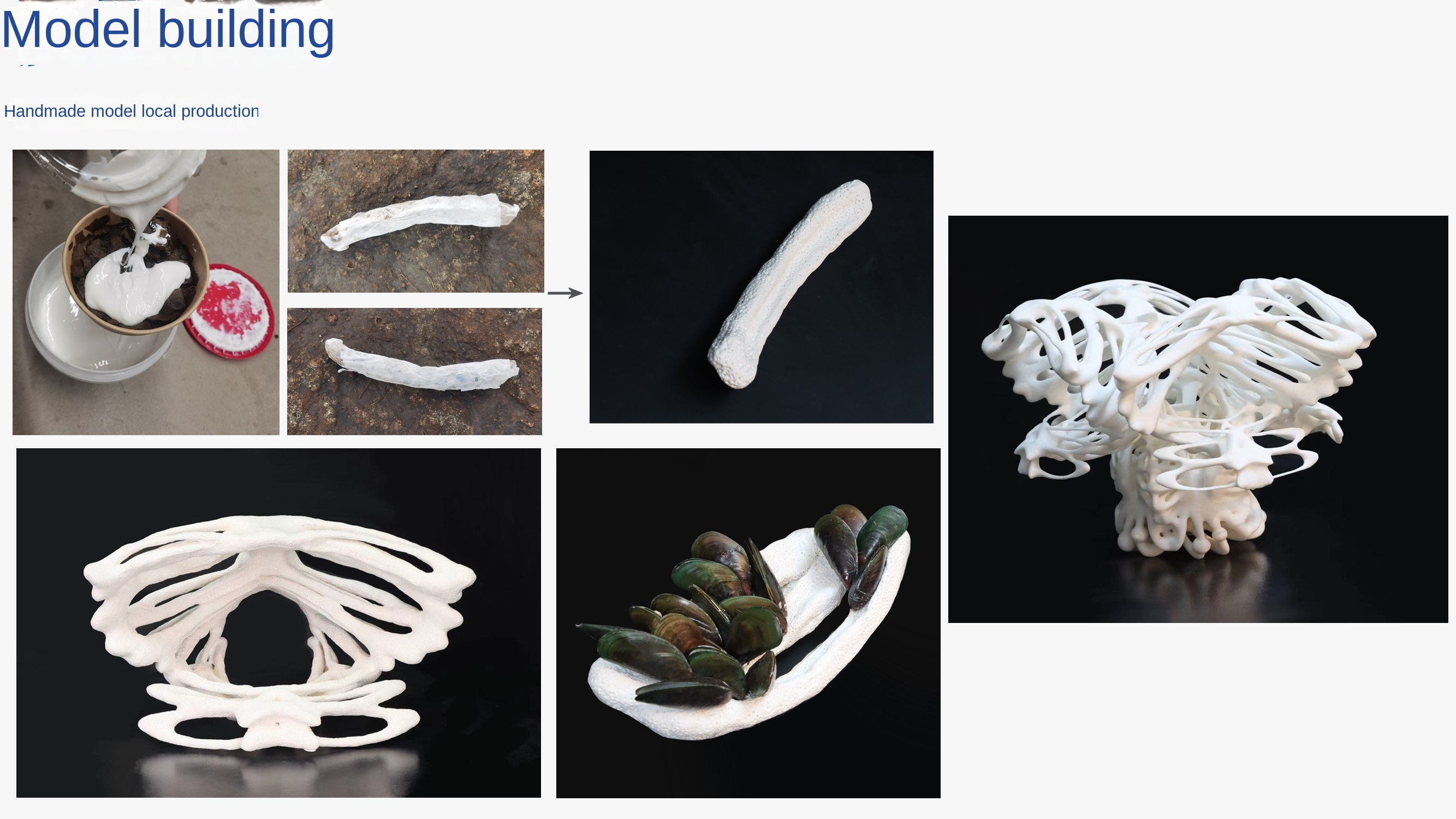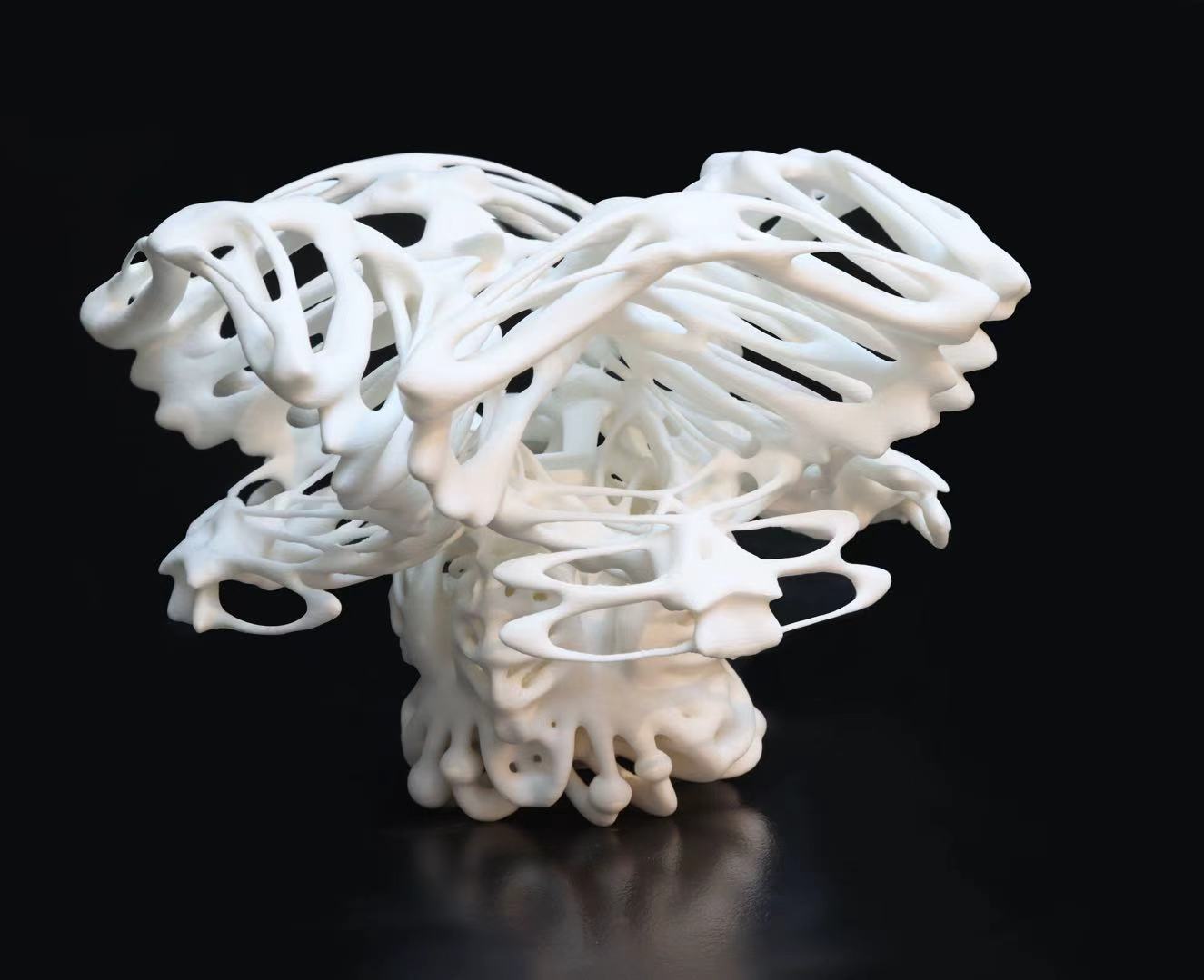
overall structure

Single Partial Front View

Single Partial Side View

Mussel Attachment Simulation
Video
Supplementary Materials
At present, the amount of plastic waste in the ocean has reached 75 million to 0.199 billion tons, and about 15 million tons of plastic will be produced into the ocean every year. A steady stream of plastic production far exceeds the capacity of existing waste management and recycling systems, from microplastics in the food chain to plastic water bottles floating on the sea surface, plastic pollution is seeping into every corner of the ocean.
In order to deal with this crisis, this design is based on the existing biotechnology, through the analysis of the relationship between the special feeding principle of basking sharks and manta rays and the body structure, the filter feeding behavior and physiological mechanism of mussels, as well as the biodegradation research methods and experimental data of hydrolytic enzymes produced by some microorganisms that can degrade PET, and finally completed a device for collecting and processing microplastics in shallow water. The work combines mussels and degradable plastic enzymes to recycle and degrade microplastics in the ocean, and calls on all sectors of society to pay attention to marine pollution through the work.
Based on the principle of bionics and biodegradation technology, this design innovatively constructs a marine microplastic collaborative management system. By analyzing the gradient filtration mechanism of basking shark gill rake, the molecular viscosity of mussel foot silk protein and the hydrodynamic characteristics of manta rays, a wave-driven multi-layer bionic filter screen and specific adsorption materials are used to form a closed-loop processing chain from microplastic capture to degradation inspired by microbial degradation enzymes and mussel digestion system. The device takes "Mentoring Nature" as the core concept, echoes the oriental design wisdom of "making the best use of everything and the unity of man and nature" in "Tiangong Kaiwu", and is in line with the design principle of "ecology first" advocated by contemporary China. The buoy structure design can be spliced to adapt to the characteristics of different sea areas from Bohai Sea to South China Sea in China, reflecting the engineering philosophy of "adjusting measures to local conditions. As China is the world's largest plastic producer (accounting for 31% of global production), the device provides a closed-loop solution to the "production-pollution" contradiction and supports the implementation of the "New Pollutant Control Action Plan.
Zhang Wanling, an undergraduate student in the Institute of Innovation and Design of China Academy of Fine Arts, is an intelligent body studio. Its research direction focuses on human-machine-environment hybrid intelligent system, interactive design, environmental perception, etc. It has won awards such as China Good Creativity Competition, "Light and Shadow Painting Environment" Vidda Projection Art Competition, the 6th Hong Kong Emerging Contemporary Design Award, and the "Academic School Award" National Art Design Competition.
Lin Ziqi, majoring in art and science and technology at the China Academy of Art, is a physical interaction creator who constructs new originalist aesthetics in parametric design and material technology.
